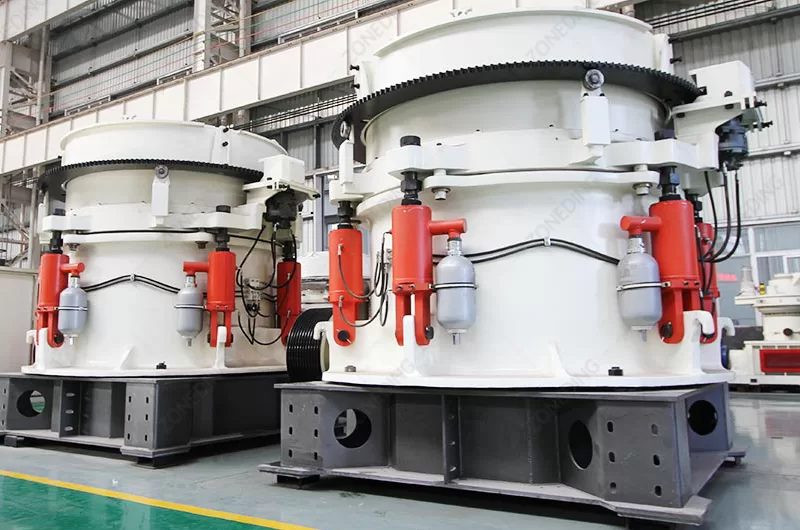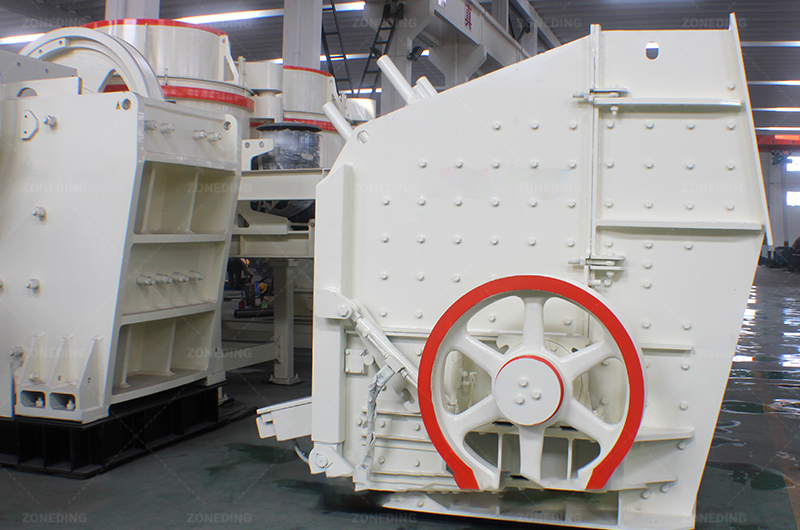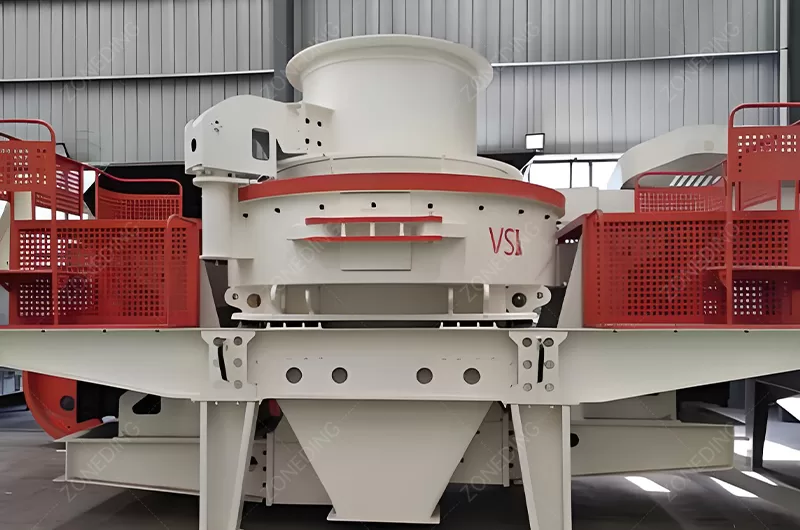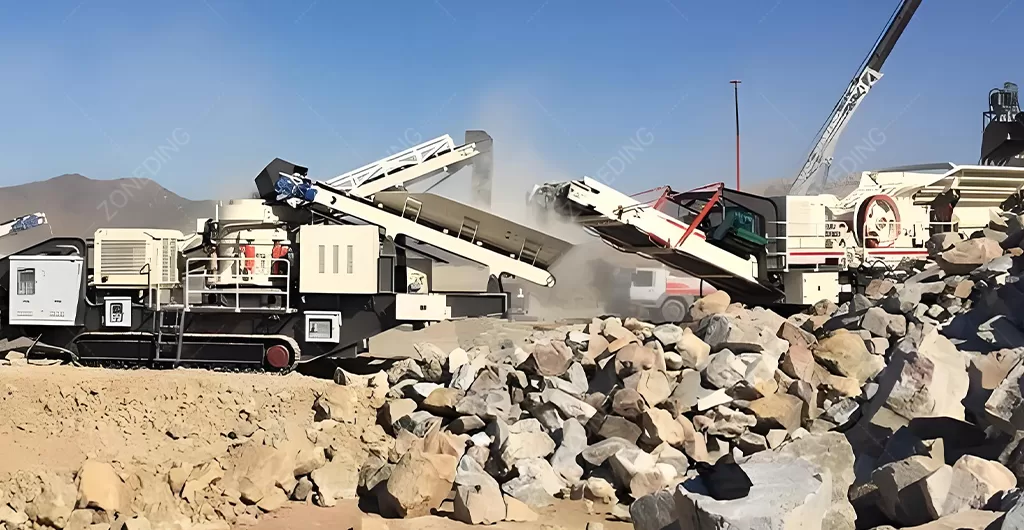How to Beneficiate Ferrous Metals?
3422Choosing the right alluvial gold equipment is crucial. Compare trommel screens, jigs, and shaking tables to build an efficient processing line for max recovery.
View detailsSearch the whole station Crushing Equipment
To choose the right rock crusher, you must first analyze five things: your rock type, your required output capacity and final product size, if you need a fixed or mobile plant, the total operational cost, and the right combination of crushing stages.

I have seen people spend a fortune on the most powerful crusher, only to have it fail because it was the wrong type for their stone. I have also seen people save money on a cheaper machine, only to lose ten times that amount in downtime and repairs. This guide is not about selling you a machine. It is about helping you build a profitable system. We will start with the most important question of all.
You think all rocks are just hard? Choosing a crusher for limestone when you have granite will destroy your budget and your machine. This is the first and most critical question.
The rock’s hardness (compressive strength) and abrasiveness determine the correct type of crusher. Hard, abrasive rocks need Jaw Crushers and Cone Crushers. Softer, less abrasive rocks are best for Impact Crushers.
This is the foundation of your entire operation. You must know two things about your rock: its compressive strength and its silica content. Compressive strength tells you how hard it is to break. Silica content tells you how abrasive, or how quickly it will wear down your machine’s parts. A Jaw Crusher uses compression, which is very effective for hard materials like granite. A Cone Crusher also uses compression and is perfect for secondary crushing of hard, abrasive rock. An Impact Crusher, on the other hand, uses high-speed impact. This creates a better, more cubical product shape, which is excellent for limestone in concrete aggregate. But using it on high-silica granite will wear out its expensive hammers very quickly. Matching the crusher type to the rock is not a suggestion; it is a rule.
| Rock Type | Key Properties | Primary Crusher | Secondary/Tertiary Crusher |
|---|---|---|---|
| Granite, Basalt, River Pebble | Very Hard, Highly Abrasive | Jaw Crusher | Cone Crusher |
| Limestone, Dolomite | Soft to Medium Hard, Low Abrasion | Jaw Crusher | Impact Crusher |
| Construction Waste | Variable, Mixed Materials | Jaw Crusher | Impact Crusher |
You need 200 tons per hour. But choosing the wrong machine size or number of crushing stages will create bottlenecks or low-quality products. Your goals must be clear.
Your desired hourly output (tons per hour) determines the crusher’s model size. The required final product size dictates how many crushing stages you need. A large reduction from big feed to small product always requires multiple stages.
One of the most expensive mistakes is thinking one machine can do it all. It cannot. Rock crushing is a process of gradual size reduction. Each type of crusher has an optimal “reduction ratio,” meaning how much smaller it can make the rock in one pass. For example, if you need to crush a 600mm boulder down to 15mm aggregate, you will need at least two, and probably three, stages of crushing. A large jaw crusher will be your primary stage, taking the 600mm feed and breaking it down to around 150mm. Then, a secondary cone crusher will take that 150mm material and reduce it to 40mm. Finally, a tertiary crusher, maybe another cone crusher or a Sand Making Machine (VSI), will take that 40mm material and produce your final 15mm product. Trying to do too much with one machine leads to inefficiency, high wear, and a poor-quality product with too many fines or oversized pieces.




| Stage | Purpose | Typical Crushing Equipment |
|---|---|---|
| Primary Crushing | To break large boulders from the quarry into a manageable size. | Large Jaw Crusher |
| Secondary Crushing | To reduce the primary product further and begin shaping the aggregate. | Standard Cone Crusher or Impact Crusher |
| Tertiary Crushing | To create the final, specific-sized product, like sand or fine aggregate. | Short Head Cone Crusher or VSI (Sand Maker) |
A fixed plant is a permanent installation. But what if your project is short-term, or you need to work at multiple sites? The layout of your plant is a strategic choice.
Choose a fixed plant for long-term, high-volume projects in one location. Choose a Mobile Stone Crusher for short-term contracts, multiple sites, or projects in remote areas with limited setup space.
A fixed plant is like building a permanent factory. It requires significant civil works, including concrete foundations. Its advantage is high stability and the potential for very high production volumes, making it ideal for a quarry with a 20-year lifespan. A Mobile Crusher, on the other hand, is a self-contained unit on wheels or tracks. It can be moved to the work face, which reduces the need for trucks to haul raw material. A Tracked Jaw Crusher can be driven off a transport truck and be working within hours. This flexibility is perfect for road construction contractors who move from job to job, or for recycling construction debris on-site. The choice depends entirely on your business model and project timeline. A mobile plant offers speed and flexibility, while a fixed plant offers scale and lower long-term cost per ton.


| Factor | Fixed Plant | Mobile Plant |
|---|---|---|
| Project Duration | Long-term (5+ years) | Short-term, multiple projects |
| Location | Single, large quarry | Multiple sites, remote areas |
| Setup Time | Weeks or months | Hours or days |
| Flexibility | Low | High |
| Initial Investment | High (including civil works) | Lower initial cost, but higher per ton of capacity |
You found a cheap crusher online. But high wear part costs and constant downtime can make it the most expensive machine you will ever own. You must calculate the real cost.
The biggest hidden costs are wear parts (jaw plates, liners), energy consumption, and maintenance. The most expensive cost of all is lost revenue from unplanned downtime. Reliable machines with good parts support are always cheaper in the long run.
The purchase price of a crusher is only the beginning. You must think about the Total Cost of Ownership (TCO). This includes the initial price (CAPEX) and all operating costs (OPEX). The most significant operating cost is for wear parts. For a jaw crusher, these are the jaw plates. For a cone crusher, they are the mantle and bowl liner. The material of these parts matters. High-manganese steel is used not because it is the hardest, but because it has high toughness and work-hardens under impact. Buying cheap, low-quality liners means you will be stopping your plant to replace them constantly. Every hour your plant is stopped, you are losing money. A reliable machine from a reputable Crusher Manufacturer with a robust design and readily available spare parts will have a much lower TCO than a cheap machine that is always broken.
| Cost Category | Description | How to Minimize |
|---|---|---|
| Wear Parts | Jaw plates, cone liners, impact bars that wear out. | Choose high-quality manganese steel parts matched to your rock type. |
| Energy | Electricity or diesel to power the large motor. | Use efficient motors and operate the crusher at its optimal “choke fed” capacity. |
| Maintenance | Labor for routine checks, lubrication, and parts replacement. | Choose machines designed for easy access and hydraulic adjustments. |
| Downtime | Lost production and revenue when the plant is not running. | Invest in a robust, reliable machine and have critical spare parts on hand. |
You need a price for your project. But a quote without a proper analysis is just a guess. To get a real solution, you must provide the right information.
To get an accurate quote, you must provide your supplier with key information: rock type, maximum feed size, desired output sizes, and capacity for each size. A professional supplier will use this to design a complete Stone Crushing Plant flowsheet.
A professional supplier does not just sell you a crusher. We design a complete, balanced system. The crusher is just one part. It needs a Vibrating Feeder to provide a steady supply of material. It needs a Vibrating Screen to separate the finished product and send oversized material back for more crushing. It needs conveyors to move the material between stages. All these components must be matched to the crusher’s capacity. To design this system for you, we need you to be our partner. You provide the detailed information about your project, and we will provide the engineering expertise. This is how you get a quote that is not just a price, but a solution that will make you money for years to come.
| Information Needed | Why It’s Important |
|---|---|
| 1. Rock Type | Determines the correct crusher types (e.g., Cone vs. Impact). |
| 2. Max Feed Size | Determines the opening size of the primary jaw crusher. |
| 3. Output Sizes | Defines the final products you want to sell (e.g., 0-5mm, 5-10mm, 10-20mm). |
| 4. Capacity for Each Size | Determines the size and number of secondary/tertiary crushers and screens. |
| 5. Site Conditions | Helps decide between a fixed or mobile plant and other logistical needs. |
Choosing the right rock crusher is about asking the right questions. By analyzing your rock, defining your goals, and calculating the true costs, you can build a profitable operation.
Choosing the right alluvial gold equipment is crucial. Compare trommel screens, jigs, and shaking tables to build an efficient processing line for max recovery.
View detailsChoosing the right crusher is key. We compare cone, VSI, and impact crushers for producing consistent, high-quality fines for any project.
View detailsWhat's the difference? Extraction equipment handles raw mining. Ore dressing (beneficiation) equipment refines the ore. Discover their unique functions.
View detailsBoost iron ore plant performance. Learn strategies to boost recovery, enhance concentrate grade, and optimize operational efficiency for higher profits.
View detailsWe use cookies to ensure that we give you the best experience on our website. If you continue to use this site we will assume that you are happy with it.
Privacy Policy